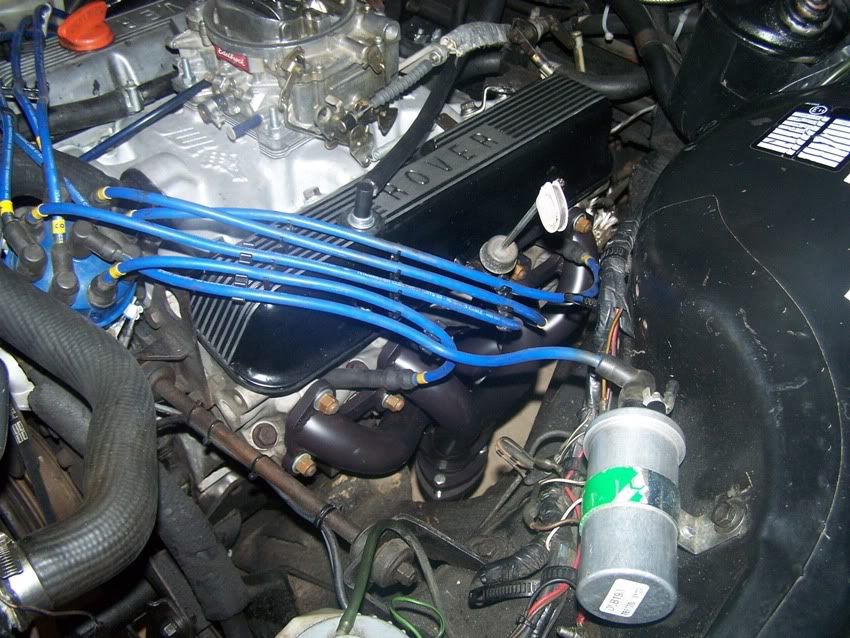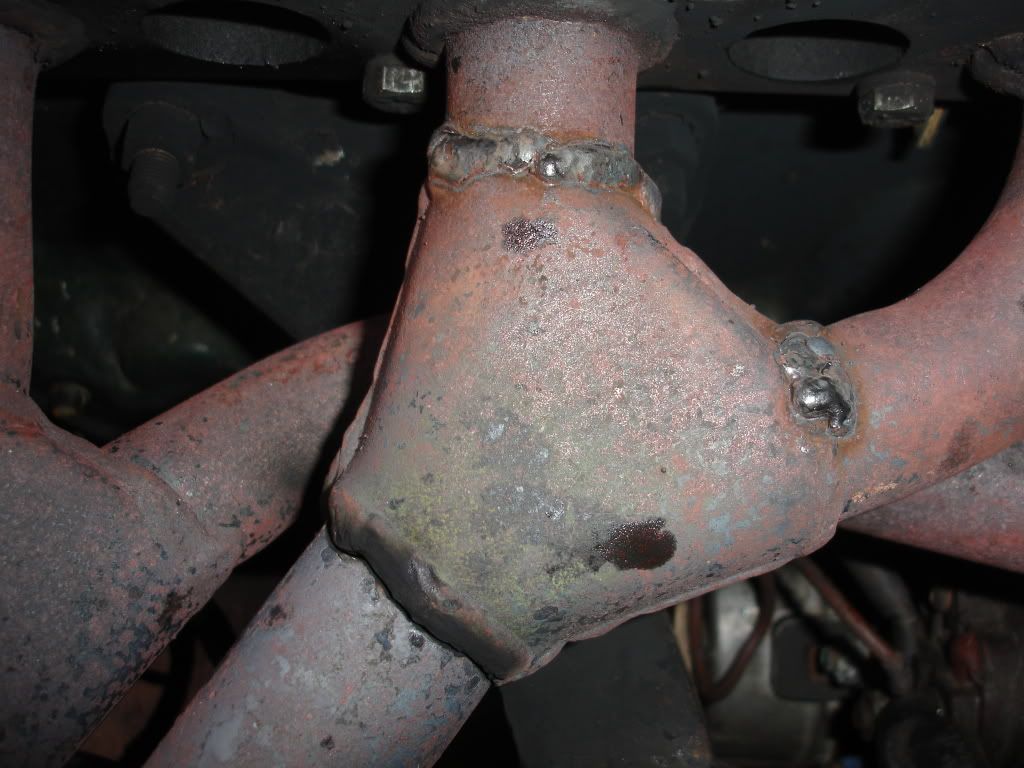The Rovering Member
Well-Known Member
When I replaced Bruiser's cracked exhaust manifold I heat-wrapped the replacement. Subsequently this one also cracked & on removal of it followed by the wrap this is what it looked like:
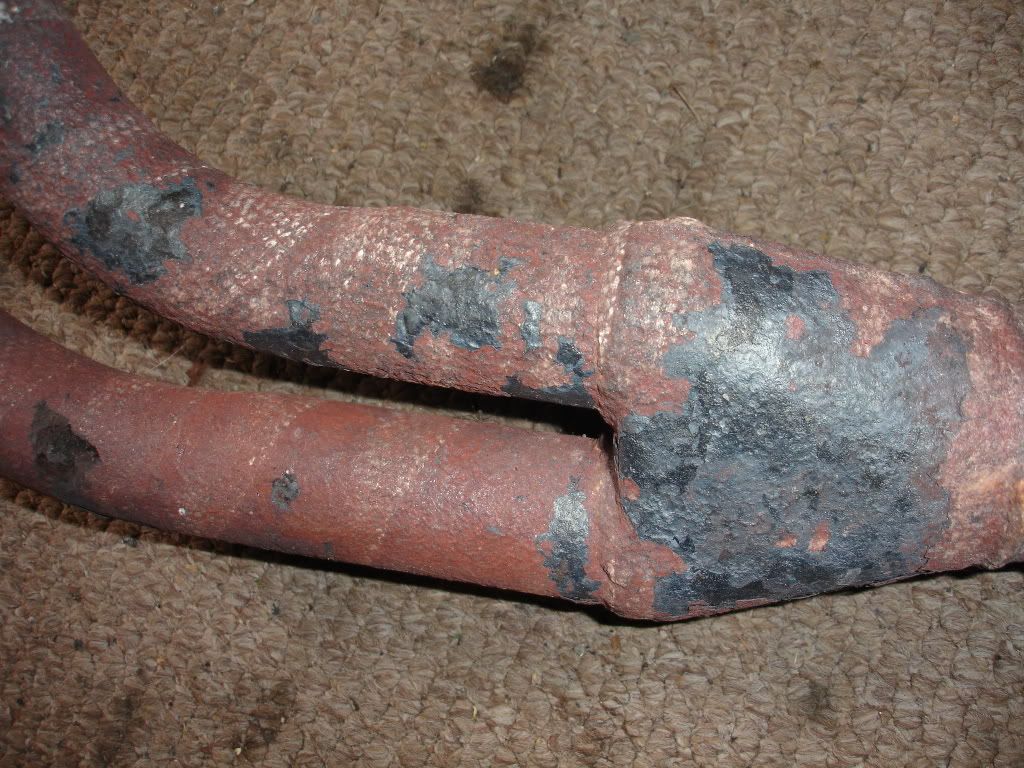
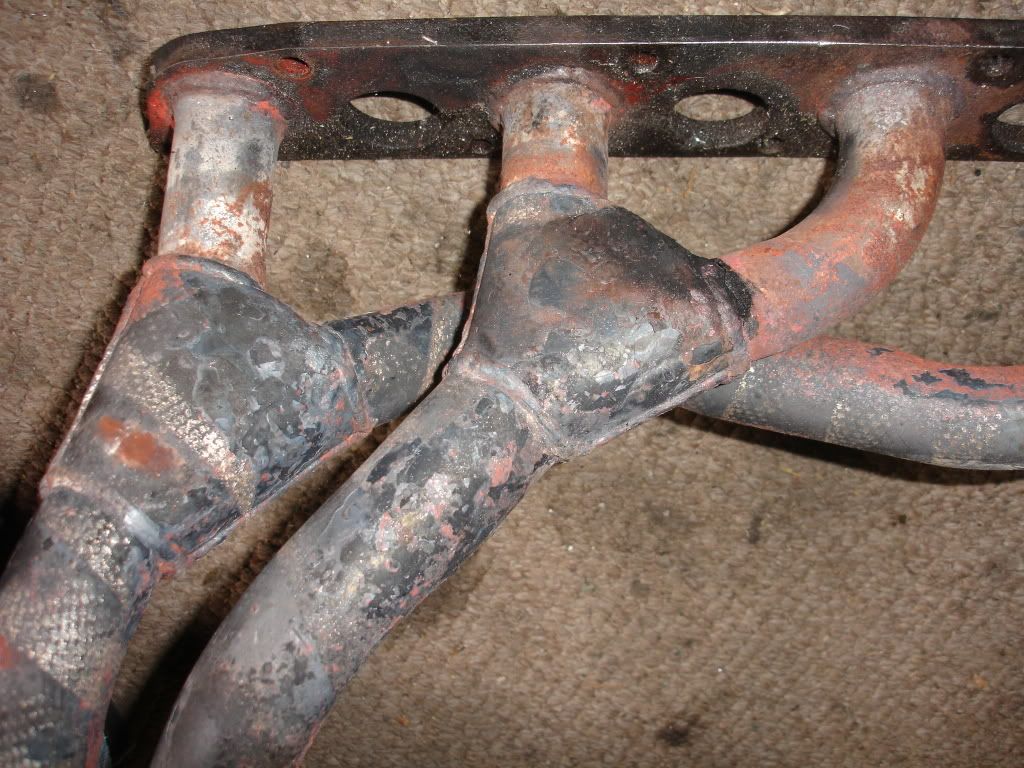
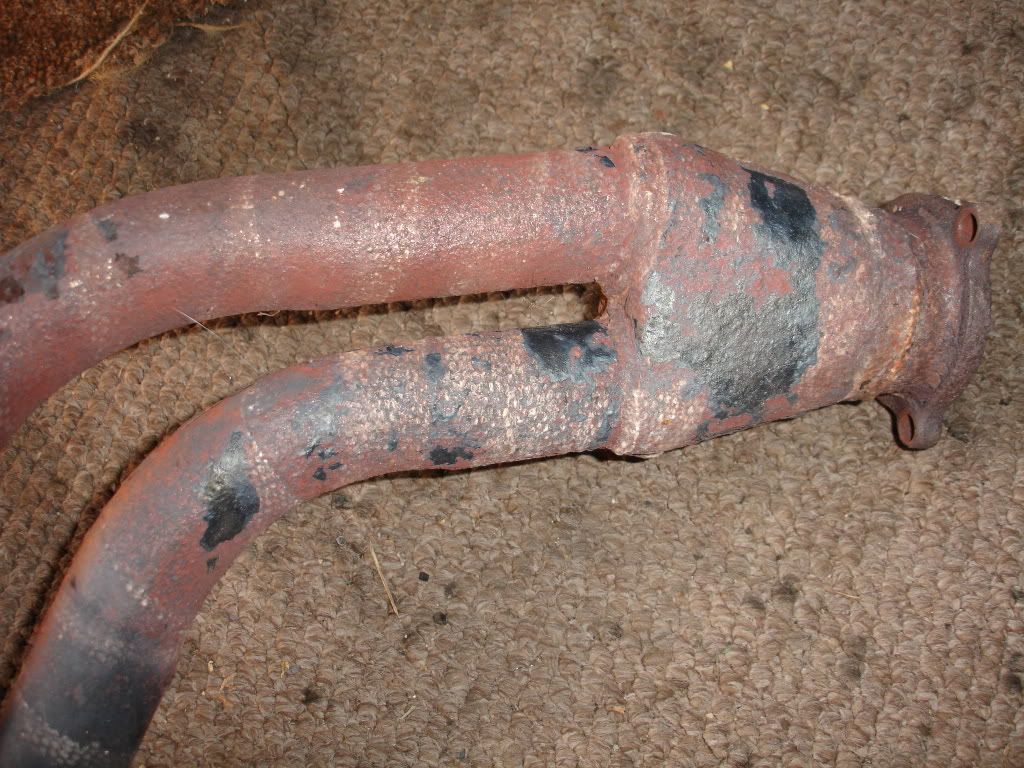
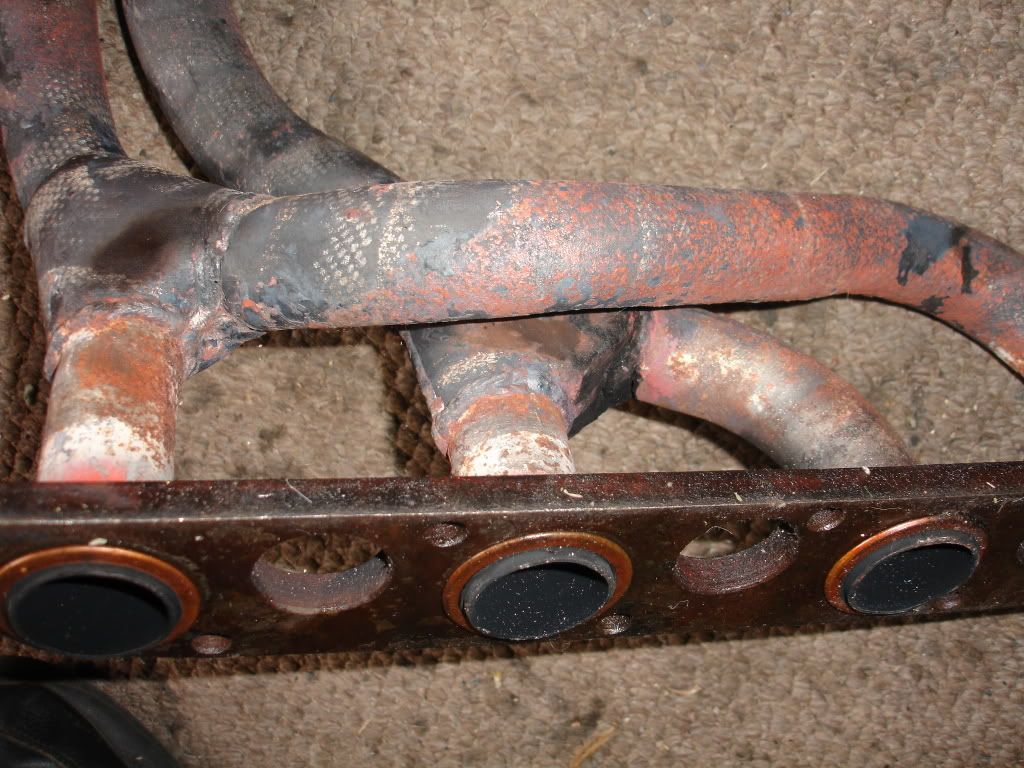
As you can see, the metal was deteriorating underneath the wrap quite quickly due to the heat. It had been on for about four months so not long at all. It's been mentioned on the forum in the past that this is what happens with the manifold wrapped so I thought anyone thinking of doing the same would be interested in seeing this.
It is very good stuff, reducing the under-bonnet temperature considerably & you can actually touch the manifold (briefly) when the engine is running without instantly burning yourself but I haven't wrapped the manifold I've put on, partly due to the effect it's had on the one you can see & partly the expense which was a bit over £40, though it can be had cheaper (I went for Thermo-Tec). Re-using what came off would be difficult as it goes fairly brittle. I would re-wrap if I had a stainless manifold but on reflection mild steel is probably best left free to breathe in the long term.
Ceramic coating would be the expensive way to go.




As you can see, the metal was deteriorating underneath the wrap quite quickly due to the heat. It had been on for about four months so not long at all. It's been mentioned on the forum in the past that this is what happens with the manifold wrapped so I thought anyone thinking of doing the same would be interested in seeing this.
It is very good stuff, reducing the under-bonnet temperature considerably & you can actually touch the manifold (briefly) when the engine is running without instantly burning yourself but I haven't wrapped the manifold I've put on, partly due to the effect it's had on the one you can see & partly the expense which was a bit over £40, though it can be had cheaper (I went for Thermo-Tec). Re-using what came off would be difficult as it goes fairly brittle. I would re-wrap if I had a stainless manifold but on reflection mild steel is probably best left free to breathe in the long term.
Ceramic coating would be the expensive way to go.


